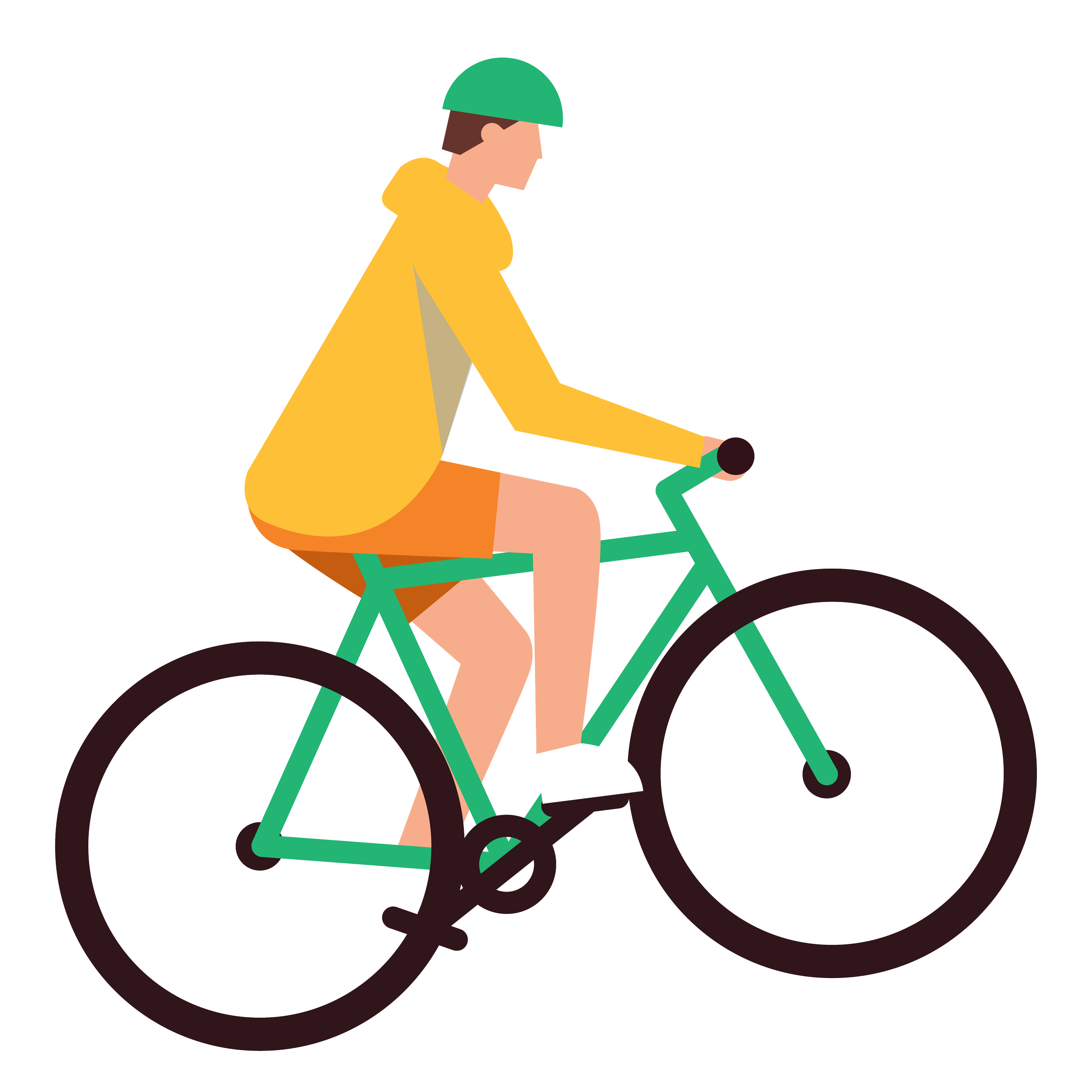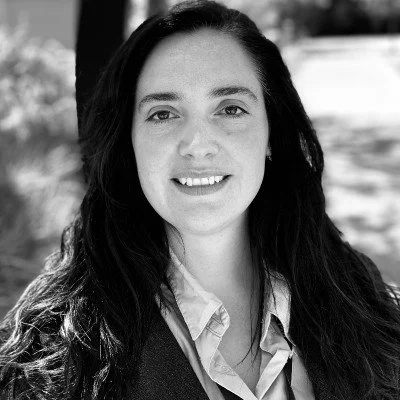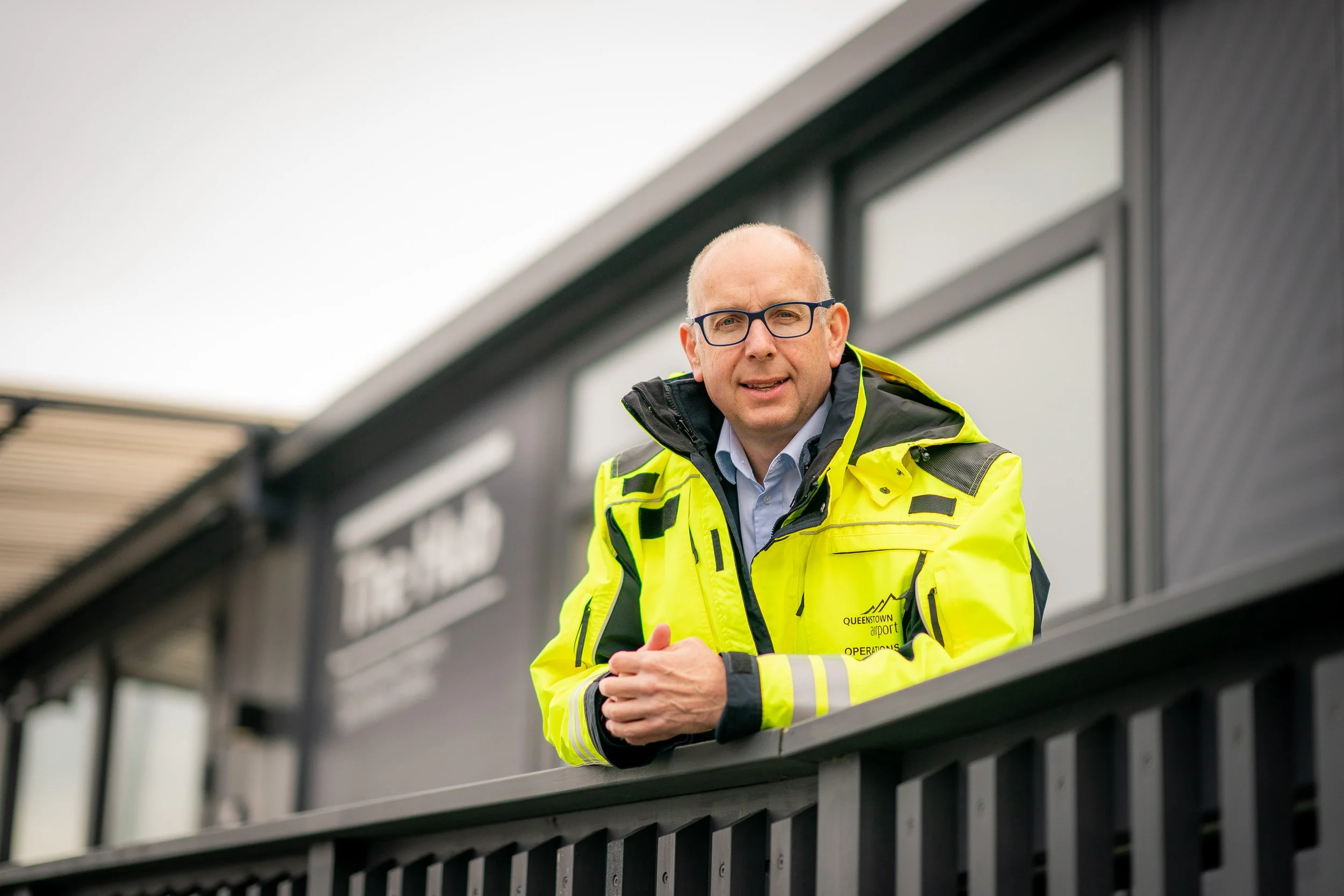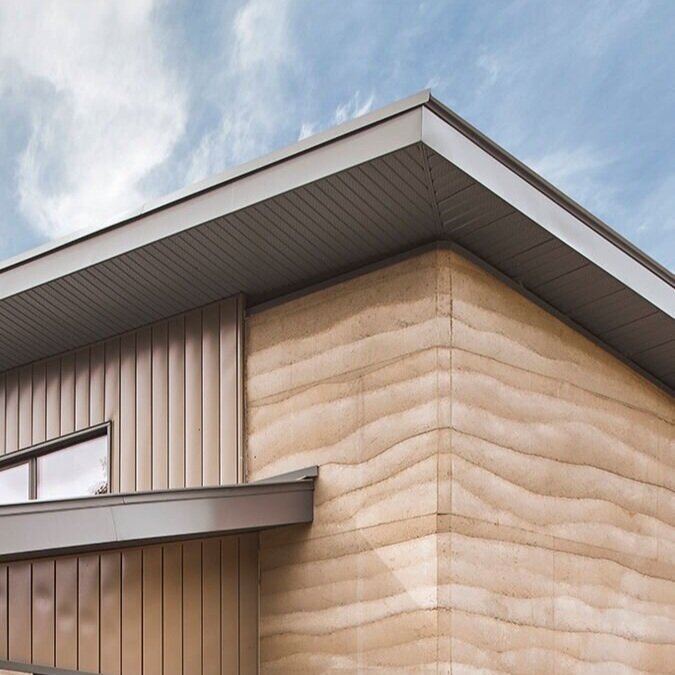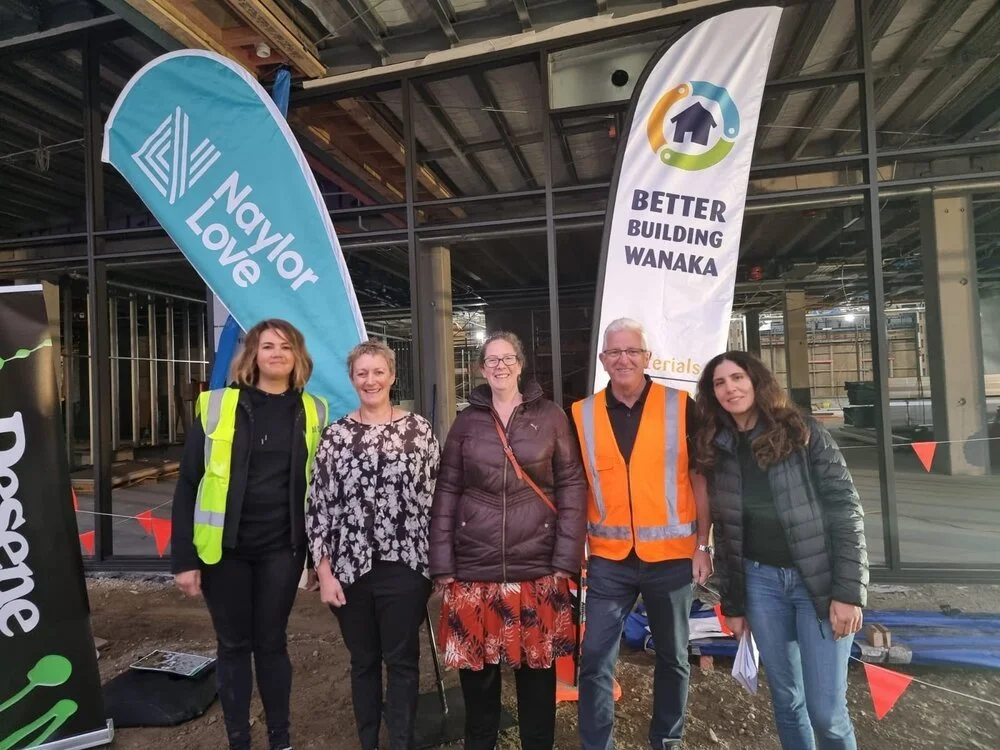
Better Building.
Wānaka based. Globally inspired.
About Better Building.
The Better Building Working Group was established after the 2018 Wao Summit. Composed of architects, builders, tradies, developers, suppliers and mental health experts, we have set our vision for 2050 and priority actions including better building, zero waste, and mental health and wellbeing.
The Group’s Steering Committee consists of 18 members with over 40 wider group members from various disciplines of the building industry. Passive-house and mental health experts, architects, builders and suppliers.
Meet the team.
Aaron Thule is an experienced community organizer and facilitator, currently leading Wao’s Better Building programme. With a strong foundation in political, government, and non-profit sectors, Aaron brings a unique systems-thinking approach to his work, drawing on years of experience in public service, social advocacy, and economic development.
Our Vision.
An inclusive Queenstown-Lakes District building sector thriving to take on principles of circular economy to build naturally healthy, long-lasting, and affordable structures.
We envision players from across industries coming together to promote and help educate the wider community and industry on climate smart, resilient, resourceful, and healthy building.
Our Mission.
Within the context of partnership and collaboration, BBWG will aim to focus its efforts on issues involving circular economy, novel entities, and resilient climate smart buildings.
Upcoming events.
This is how we build.
This short film highlights the issue of construction and demolition waste, taking a look at the volume created, where it goes as well as highlighting some of the solutions already available to reduce, reuse and recycle materials before they go from skip to landfill, or even worse, are let loose into the environment. Made with the support of the Queenstown Lakes District Council, the film is part of the work being done by the Better Building Working Group (BBWG).
Fill out our Construction and Demolition Waste Survey.
We want to gauge the building sector’s behaviour, knowledge, and challenges with Construction and Demolition Waste. For those based in the Queenstown Lakes Region, we invite you to participate in our survey.
Waste Diversion Resources
-
Wastebusters Better Building resources
Explore case studies on reducing construction waste, building a home without a skip, and resource recovery templates.QLDC Construction and Demolition Resources
Find case studies and links to useful resources in the district.Auckland Council "Make Most of the Waste": Building Out Waste Guide
A guide for developers and building contractors for minimising waste on construction projects. Check out their Construction Waste Case Studies for examples.Hamilton City Council "Fight the Landfill": Building and development
Calculators, guides and videos on waste reduction and resource recovery.New Plymouth District Council: Construction Waste:
Tips, info and guides on construction waste. Check out their guide for a reduction plan.BRANZ Sustainable Building: Reducing Building Waste
Resources, plans, guides for reducing, reusing and recovering materials. Check out their sections on designing for waste minimisation and the resource efficiency for using materials, energy, time and money more effectively. -
Padlet construction & De-Construction: Guide to on-selling, up-grading, or up-cycling materials.
BRANZ Demolition: Guides and case studies to plan for deconstruction.
-
Contract Agreements Clauses
REBRI - examples. Use this to share your overall waste goals with subcontractors and suppliers.Sample Resource Management Plan
A document that you'd need to update as the project progresses to reflect waste transfers, diversion options, new suppliers and site practices.Download the New Zealand Recycling Symbol signs for separating construction materials on site.
-
Blog.
Speakers.
Climate Smart and Resiliant.
Prioritise a climate smart, resilient, and healthy building industry.
Circular
Economy.
Inspire innovation to contribute towards a zero waste circular economy.
Partnership and Collaboration.
Inclusivity across sectors to help drive a more sustainable industry.
Keen to get involved?
Get in touch
betterbuilding@wao.co.nz




